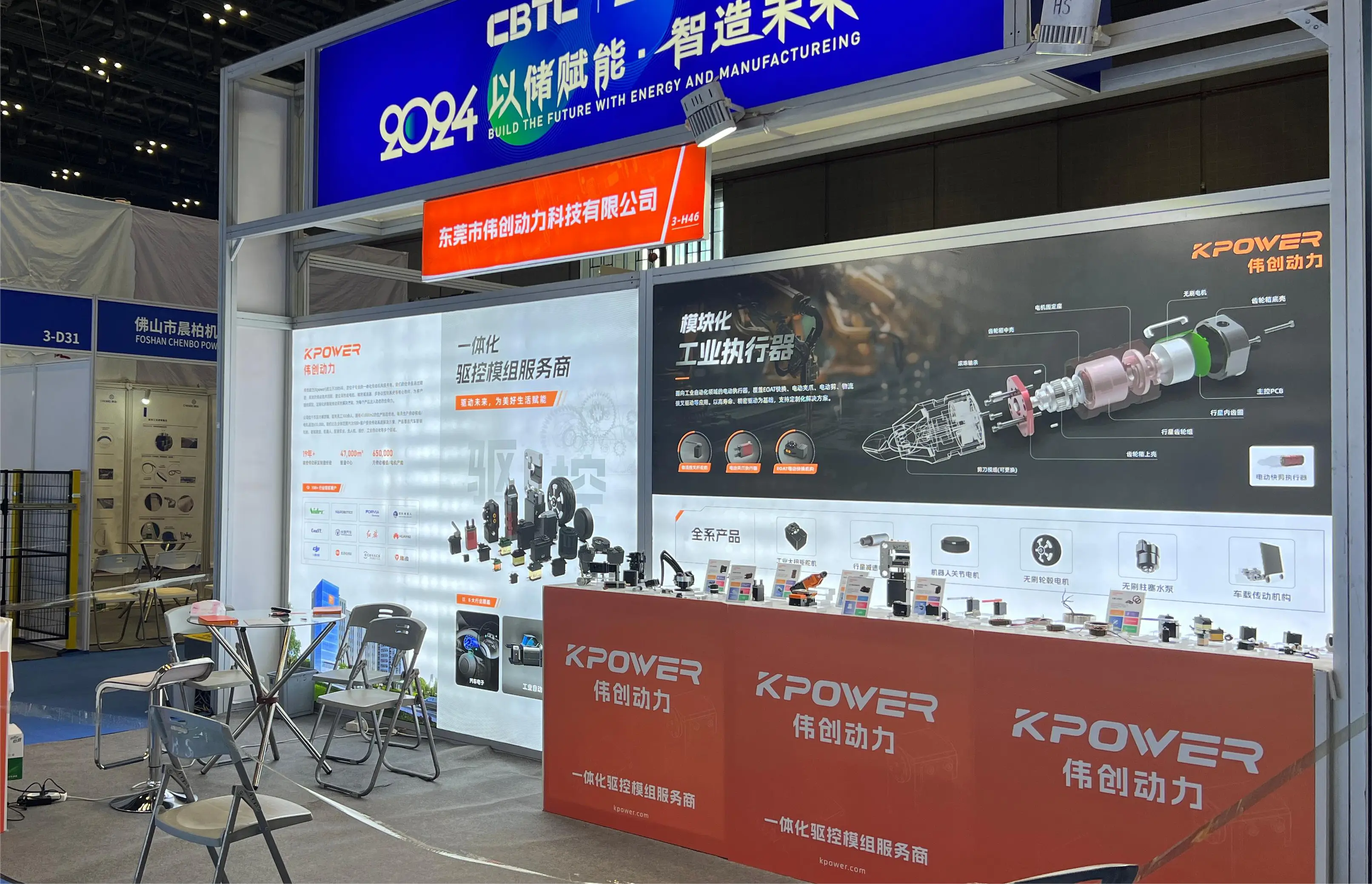Sure! Here's the first part of the soft article on "Servo Motor Rotation Direction," crafted to be engaging and informative.

Unraveling the Secrets of Servo Motor Rotation Direction: A Gateway to Precise Control
In the vast universe of automation and robotics, servo motors stand out as versatile and reliable actuators that bring machines to life. Whether you're designing an intricate robotic arm, a high-precision CNC machine, or even an Marvel-inspired drone, understanding how to control a servo motor’s rotation direction is fundamental to achieving seamless, accurate movement.
At its core, a servo motor translates electrical signals into precise mechanical motion. Among the numerous parameters that govern its operation, rotation direction — which determines whether the motor turns clockwise (CW) or counterclockwise (CCW) — acts as a critical factor influencing the final position and functionality of a device. So, why is rotation direction such an important aspect, and how does it impact the performance of servo systems?
The Basics of Servo Motor Rotation
To appreciate the significance of rotation direction, it's helpful first to explore how servo motors function. Most standard servo motors are built around a small geared DC motor, combined with a feedback system, often a potentiometer or more advanced encoders. When a control signal, typically a Pulse Width Modulation (PWM) signal, is fed into the servo, it commands the motor to rotate to a specific angular position.
The feedback mechanism continuously monitors the motor's actual position and adjusts the power accordingly, allowing for precise control — a feat known as closed-loop control. Depending on the input signal, the motor can rotate to a distinct position, and importantly, it can rotate in either the clockwise or counterclockwise direction, depending on the requirements.
Why Rotation Direction Matters
Imagine you're programming a robotic arm to reach out and grab an object. If the motor responsible for the arm's movement rotates in the wrong direction, the arm may extend backward instead of forward, or worse, collide with other components. Properly understanding and controlling rotation direction ensures that the machine's movements are accurate, safe, and efficient.
In many applications, the direction isn't just about where an object points, but also about the sequence of movements — especially when multiple servos work in concert. For example, in a humanoid robot, coordinated movements depend heavily on precise direction control to mimic natural movements and avoid mechanical conflicts.
How Servo Motors Achieve Direction Control
Servo motors typically have two ways to control rotation direction:
Hardware-based methods: Many servo systems internally determine the direction based on the control signal’s polarity or pulse width. In some cases, especially with simple hobby servos, the direction is implicitly determined by the target position relative to the current position. Moving to a higher or lower position value causes the motor to rotate in a specific direction.
Software-based methods: Advanced systems with programmable controllers can explicitly set rotation direction. For example, using a microcontroller like Arduino or Raspberry Pi, engineers can send signals that instruct the motor to turn clockwise or counterclockwise, depending on the desired movement.
Reversing the Rotation: Practical Techniques
Understanding how to reverse rotation is essential when you need to change the behavior of a servo without physically rearranging wiring or hardware. Here are some common methods:
Inverting the control signal: By swapping the approach for high and low PWM signals, you can reverse the motor's direction. This is often achieved by negating or flipping the input parameters in your code.
Adjusting the feedback wiring: For servos that use feedback mechanisms like potentiometers, reversing the feedback signal can change the perceived direction, effectively reversing the motor's rotation.
Using motor drivers with direction control inputs: In DC and stepper motors, separate direction pins or inputs allow you to easily switch between clockwise and counterclockwise rotation by setting digital signals high or low.
The Role of PWM in Direction Control
Pulse Width Modulation (PWM) signals are at the heart of most servo control systems. The width of the pulse typically determines the target position, but not necessarily the direction. However, when combined with intelligent control algorithms, PWM can help smoothly transition the motor from one direction to another, ensuring fluid and precise movements.
In more advanced servo configurations, PWM signals can also be used in conjunction with other control signals, such as direction pins, to fine-tune rotation. For instance, a servo with a dedicated direction input can interpret a PWM signal's polarity or duty cycle to decide whether to rotate clockwise or counterclockwise.
Troubleshooting Rotation Direction Issues
Sometimes, servo motors behave unexpectedly—rotating opposite to the desired direction or not moving at all. Here's a quick checklist:
Check wiring: Ensure that control signals and feedback wiring are correctly connected, especially when dealing with feedback systems.
Verify code logic: Confirm that your software commands are correctly set up to produce the intended rotation direction.
Inspect hardware specifications: Some servos are unidirectional and cannot reverse rotation without hardware modifications.
Test with simple commands: Use straightforward commands to isolate whether the problem is in code, wiring, or hardware limitations.
That's the first half of our deep dive into servo motor rotation direction. As we proceed, we'll explore real-world applications, advanced control strategies, and innovative techniques to manipulate and optimize servo rotation—making your projects more precise and reliable than ever before.
Established in 2005, Kpower has been dedicated to a professional compact motion unit manufacturer, headquartered in Dongguan, Guangdong Province, China.




































